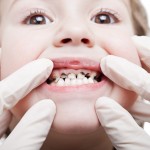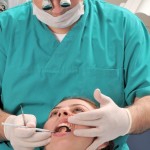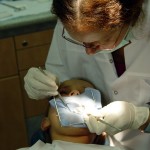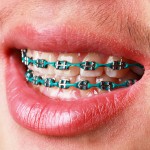
Earlier this week (Dental Elf 15th Oct 2013) we looked at a systematic review that looked at a range of the newer aids for detecting caries. The aim of this review was to synthesize the findings about the accuracy of fluorescence-based methods in detecting caries lesions on occlusal, approximal and smooth surfaces of both permanent [read the full story…]









